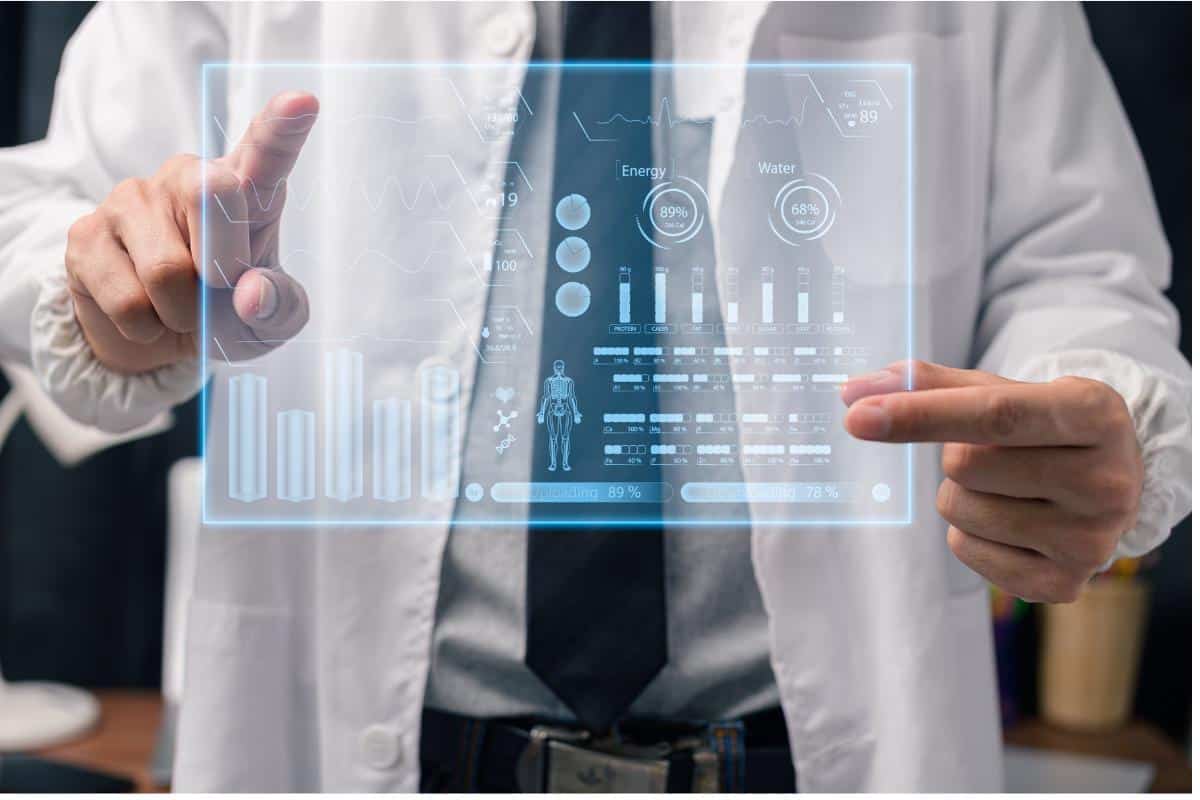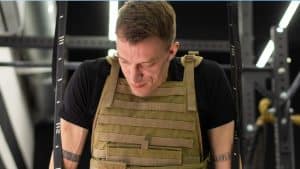In healthcare and medicine, 3D body scanning technology has emerged as a game-changer, ushering in a new era of precision, personalization, and improved patient outcomes. 3D body scans have found numerous applications across various medical disciplines by capturing detailed and accurate three-dimensional representations of patients. From creating customized prosthetics to aiding in surgical planning and monitoring recovery progress, let’s explore the transformative impact of 3D body scanning in healthcare.
1. Medical Applications of 3D Body Scans:
One of the most significant applications of 3D body scanning in healthcare is prosthetics and orthotics. Creating prosthetic limbs or orthotic devices traditionally required laborious and time-consuming manual measurements. However, with 3D body scans, the process has been streamlined, allowing for faster and more accurate creation of customized medical devices.
Clinicians can obtain precise measurements and contours by scanning the residual limb or the affected body part. This data is the foundation for designing and fabricating prosthetic limbs and orthotic devices that perfectly fit the individual’s unique anatomy. As a result, patients experience enhanced comfort, functionality, and mobility, significantly improving their quality of life.
2. Monitoring Body Changes and Recovery Progress:
In the context of medical treatments and interventions, 3D body scanning offers invaluable insights into body changes and recovery progress. Patients undergoing treatments for conditions that affect body shape, such as scoliosis or surgical procedures like breast reconstruction, benefit from regular 3D body scans. These scans allow healthcare professionals to monitor changes in the body’s structure over time, enabling early detection of complications and ensuring that treatment plans remain effective.
Additionally, 3D body scanning is a non-invasive means of tracking changes in body composition. For recovering from injuries or surgeries, 3D body scans can monitor alterations in muscle mass, fat distribution, and overall body shape. This information aids healthcare providers in adjusting rehabilitation programs to suit individual needs, optimizing recovery, and reducing the risk of secondary issues.
3. 3D Body Scans in Surgical Planning and Simulation:
Surgical planning is an intricate process that requires a meticulous understanding of a patient’s anatomy. 3D body scanning is crucial in medical care, providing surgeons with detailed and realistic representations of the patient’s body. By utilizing 3D body scans, surgeons can visualize complex anatomical structures, which helps better understand the patient’s unique anatomy before entering the operating room.
With 3D body scans, surgeons can perform simulations of procedures, enabling them to explore various surgical approaches and potential outcomes. This enhances surgical precision and reduces the risk of complications during actual surgeries. The ability to visualize critical structures in three dimensions helps surgeons navigate intricate surgeries with increased confidence and efficiency.
Moreover, 3D body scanning has proven to be an essential tool in patient education. By showing patients their 3D models and visually explaining the proposed surgical interventions, patients can better understand the procedure and make informed decisions about their treatment.
Conclusion: Embracing Precision and Personalized Care
Integrating 3D body scanning in healthcare and medicine has revolutionized patient care, creating a new era of precision and personalization. From customized prosthetics to aiding in surgical planning and monitoring recovery, 3D body scans have become indispensable tools for healthcare professionals.
As technology advances, we can expect further innovations in 3D body scanning applications, expanding its role in diagnostics, treatment, and patient care. This transformative technology promises to improve medical outcomes, enhance patient experiences, and advance healthcare as a whole. With 3D body scanning, the future of precision medicine has never looked brighter.
If you or someone you know is looking to improve your health, share this article on Facebook or Twitter so that others can learn more about self-care.
Related Articles
- The Best Medicine Ball Exercises for Your Body
- Food as Medicine – How to Eat Your Way to Better Health
- Healthy Habits that Can Boost Your Health and Well-Being
- 3D Body Scan Does it Work, Accuracy vs. Consistency
- A Look at the Silver Era of Bodybuilding
Subscribe now and get a 14-day free trial workout app for iPhone users.






